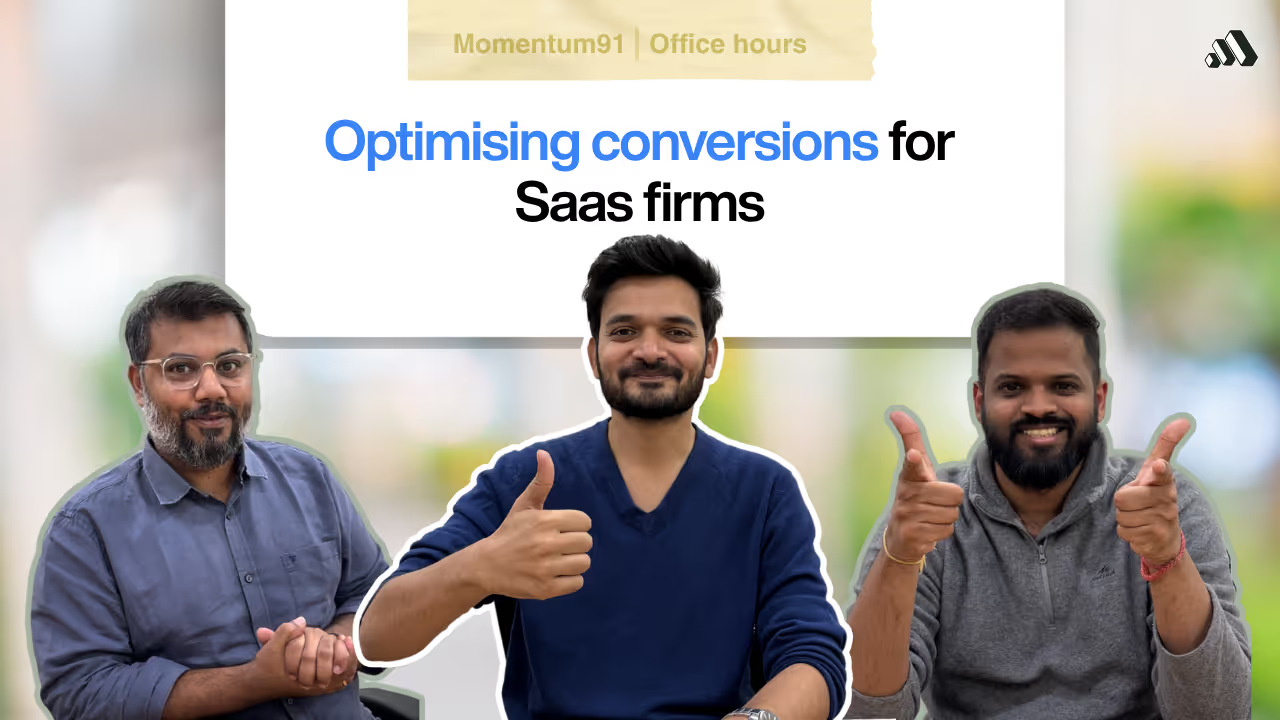
The conversation discusses optimizing conversion funnels for SaaS products. The main topics covered include the stages of the conversion funnel, the importance of activation, prioritizing optimization efforts, determining statistically significant data, and email marketing strategies.
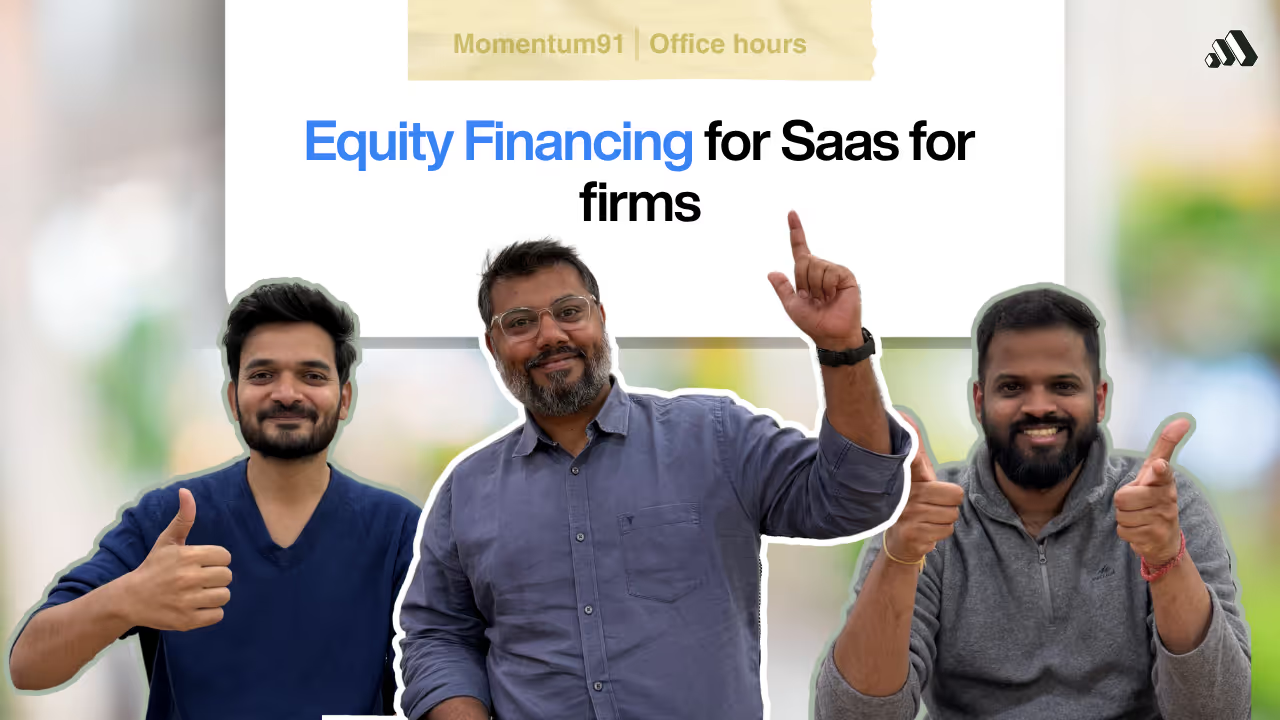
In this conversation, the hosts discuss equity financing for SaaS products. They cover topics such as when to think about equity finance, key metrics that investors look for in SaaS products, maintaining control over the company, different stages of funding, deploying equity capital, and creating a pitch deck for fundraising.
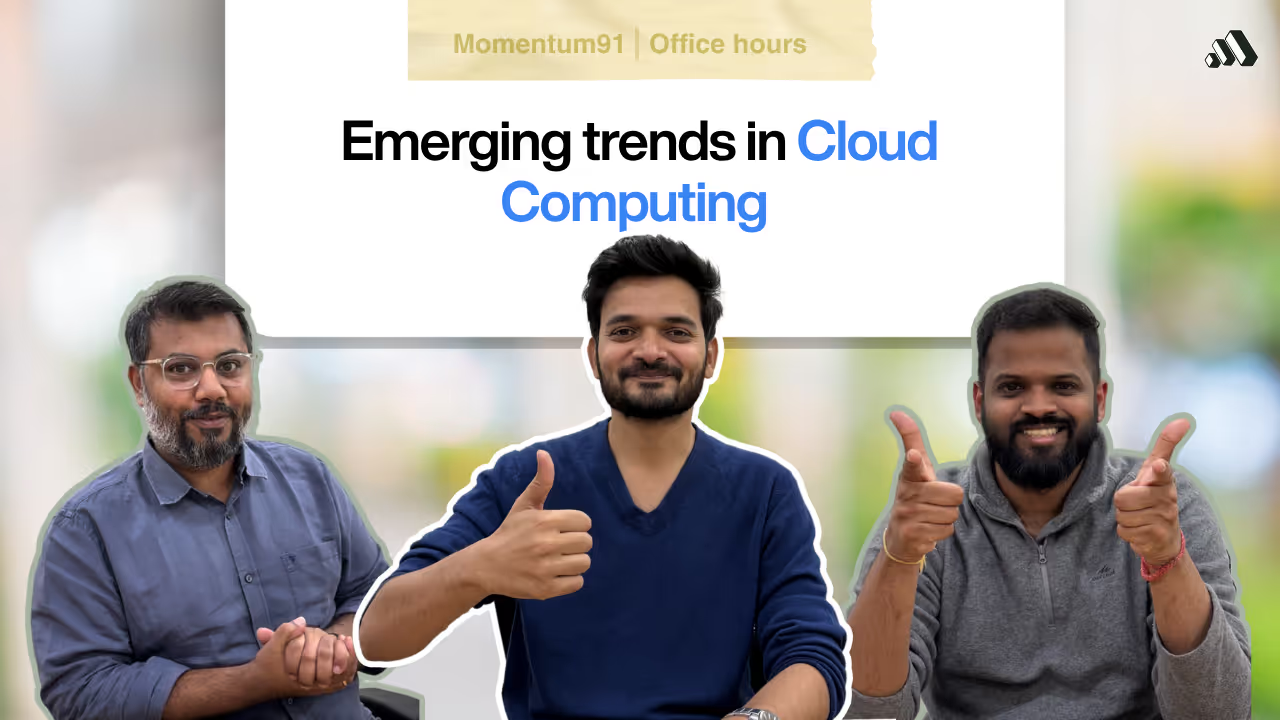
In this conversation, the hosts discuss emerging trends in cloud computing. They define cloud computing as the ability to access and use computing resources over the internet without the need for physical servers. They also explore the concepts of multi-cloud and hybrid cloud, where organizations use multiple cloud service providers for different services or have a combination of in-house and public cloud resources. The hosts highlight the benefits of multi-cloud, such as cost optimization, data redundancy, and compliance with regulations. They also discuss the importance of considering factors like performance, scalability, and AI capabilities when choosing a cloud service provider. Additionally, they touch on the trend of edge computing, which involves distributing data processing and storage closer to the users to improve performance. The conversation concludes with a brief discussion on serverless computing and integrating AI capabilities into products.
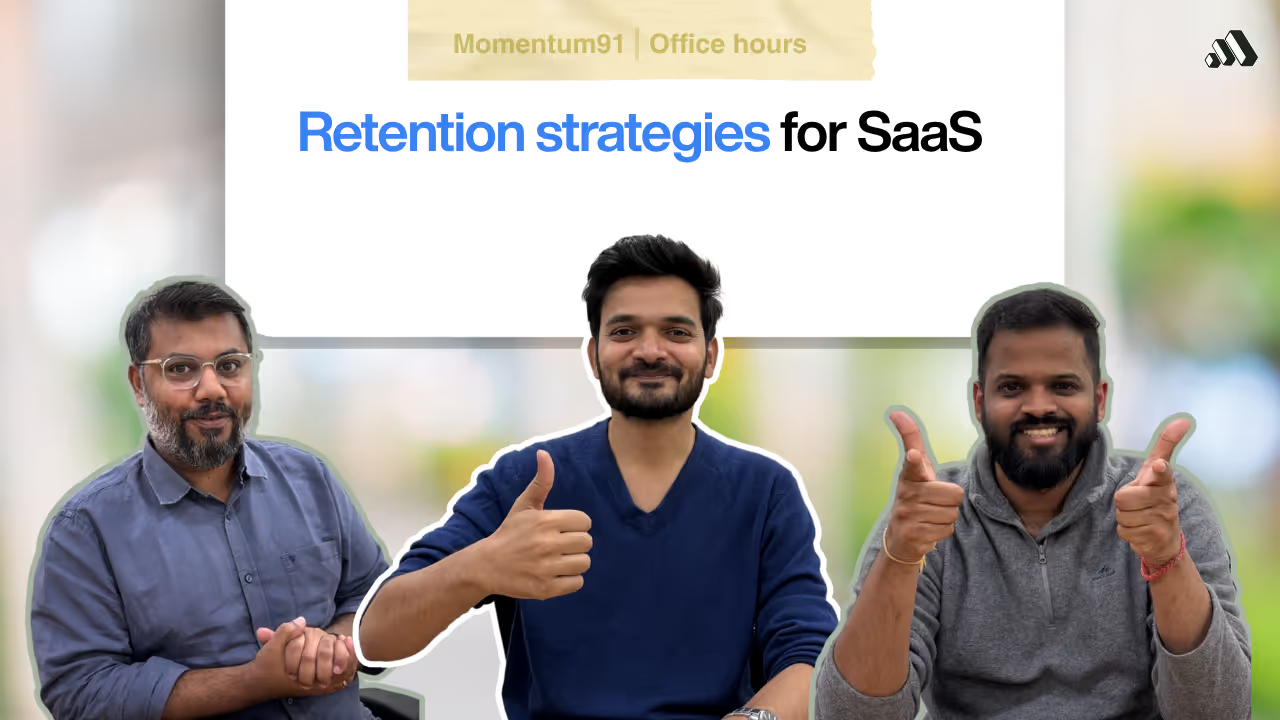
The conversation discusses retention strategies for SaaS companies. It explores different strategies for each stage of a SaaS company's journey, including early stage, growth stage, and mature stage. The importance of improving onboarding and activation in the early stage is highlighted. In the growth stage, the focus shifts to retaining existing customers and developing features for high-paying customers. In the mature stage, reducing churn becomes crucial, and setting up a customer success team is recommended. The conversation also touches on the difference in retention strategies between small ticket SaaS and enterprise SaaS, the analysis of churn rate, and the role of pricing and community in retention.
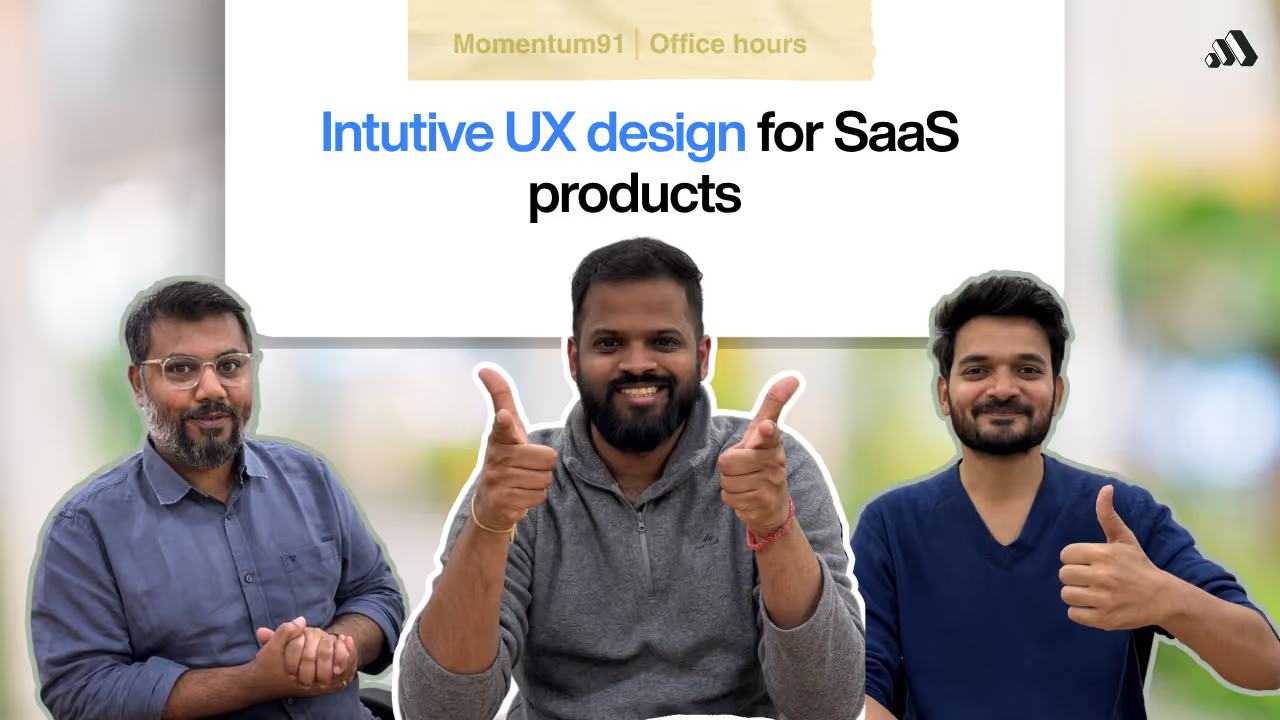
The conversation discusses intuitive UX for SaaS products. The hosts explore topics such as design considerations for different user cohorts, the balance between simplicity and creativity, key metrics for measuring design effectiveness, onboarding best practices, and tools for UX design and analysis. They emphasize the importance of user testing, personalization, and intuitive design in driving user engagement and retention.
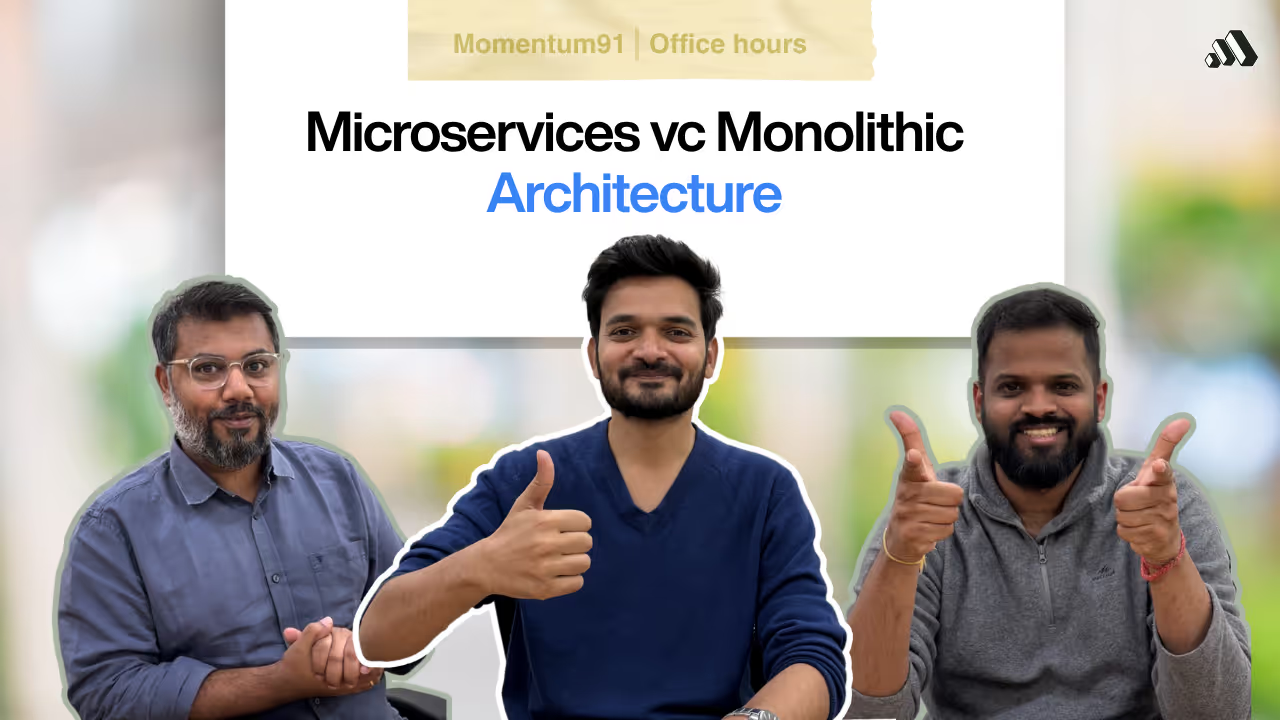
The conversation explores the difference between monolithic and microservices architecture. Monolithic architecture refers to a single server where all components, functions, and modules are interconnected, while microservices architecture involves independent components that communicate with each other through APIs. The advantages of microservices architecture include scalability, flexibility, and maintainability. The decision to move from monolithic to microservices architecture depends on factors such as scalability requirements, flexibility needs, and maintainability concerns. The transition can be a complex and collaborative process that requires careful planning and the involvement of different team members. Each module in a microservices architecture can have its own tech stack, which may increase complexity but can be managed by hiring experienced individuals. Overall, the conversation highlights the benefits and considerations of adopting microservices architecture.
M91 helps these Ambitious Firms Build Mission-Aligned Tech Teams.